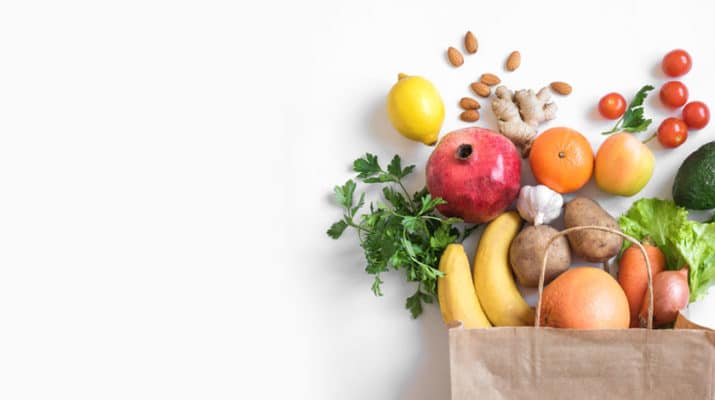Doctor: ‘[Diabetes] can be basically reversed with a healthy lifestyle’
By Deborah Jeanne Sergeant
Summer produce season is in full swing; it’s a great time to eat plenty local, fresh foods available at pick-your-own farms, farm stands and markets, and possibly at a home garden.
These foods can be helpful for diabetics in improving their blood sugar levels because of their low glycemic index status, among other benefits.
“[Diabetes] can be basically reversed with a healthy lifestyle,” says physician Az Tahir, who practices holistic medicine in Rochester.
He says that in addition to exercise and stress reduction — both essential for a healthy lifestyle — eating plenty of produce “is part of the protocol for helping reverse effects of diabetes.”
The glycemic index is based on a food’s carbohydrate content and how it affects blood glucose levels after a meal. According to Diabetes Self-Management, “a glycemic index of 55 or lower is considered low, a glycemic index from 56 to 69 is considered intermediate, and a glycemic index of 70 or higher is considered high.”
Most vegetables and fruits are within the range of 0 to 55.
The person’s age, gender, weight, number of active minutes per week and general health affect the ideal glycemic load that their diet can bear, as well as how the produce is prepared. In general, the lower the glycemic index, the better. That’s why incorporating produce makes sense. For their volume, many fruits and vegetables are low in carbohydrates. They are also rich in vitamins, minerals and naturally-occurring compounds that improve health in many ways.
“It is best to avoid or limit items with added sugar, fruit juices, canned fruits with syrup and dried fruits as these have more sugar and less fiber than fruits by themselves,” said Laurel Sterling, registered dietitian with Carlson Labs in Canastota. “Lower glycemic index fruits like apples, berries, pears, kiwi and apricots are better choices. Fruits and vegetables with more fiber and less natural sugars in them are better choices for a diabetic.”
She listed as good vegetables choices broccoli, asparagus, cauliflower, green beans, peppers and lettuce.
“Limit higher sugary fruits like bananas and pineapple and vegetables like carrots and corn,” Sterling said. “If you do choose to have these, make sure to have them in a meal with healthy fats.”
For example, cooking in extra-virgin olive oil or another plant-based fat or serving veggies with a fatty fish like salmon can incorporate beneficial fats into a meal. Fat from red meat, chicken skin or butter are examples of not-so-healthful fat and should be used more sparingly.
Eating a higher glycemic index fruit or vegetable with a healthful fat “will slow the sugar release into the body and not cause a sugar spike,” Sterling explained. “This is when they refer to glycemic load versus glycemic index. Glycemic load is when foods are combined together and a number value is put to it. The lower number the GI and GL is, the better it is for you.”
The portion size also makes a difference in glycemic load per meal.
Dietary recommendations can vary depending up on many health, age and co-existing condition factors. Any food can be part of a healthful diet, though diabetics need to be especially careful about balancing what they eat and how they exercise under the guidance of their healthcare providers.

